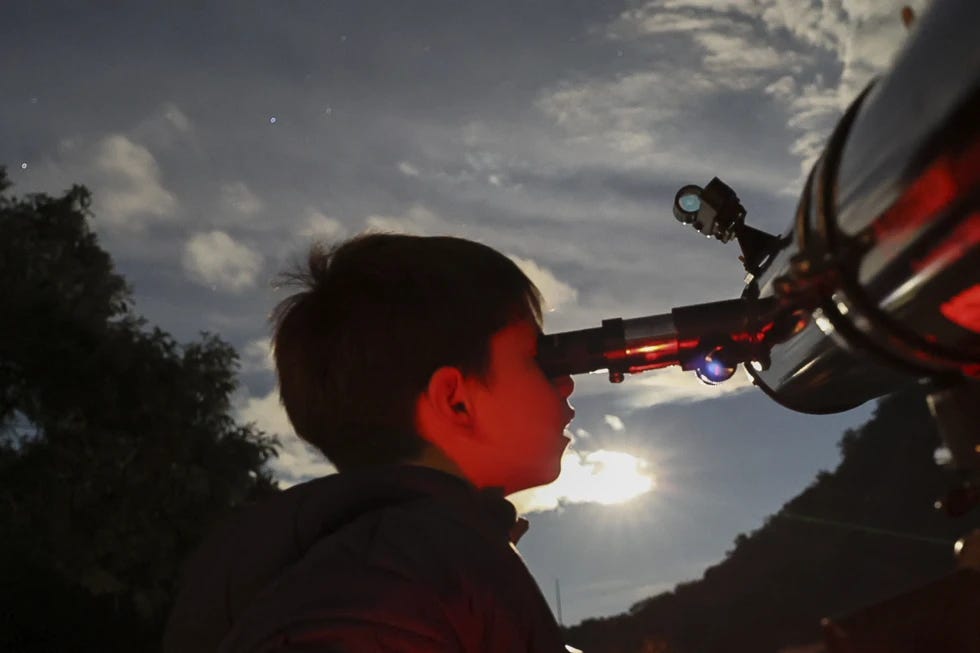Catching the Cosmic Spectacle: A Guide to the January Planetary Parade
NEW YORK (AP) — January’s night skies offer a rare treat: a planetary parade featuring six planets, with most visible to the naked eye.
This celestial display occurs when multiple planets align, creating a captivating sight for skywatchers.
“They won’t form a straight line, but they’ll be positioned relatively close together on one side of the sun,” explained Hannah Sparkes, planetarium supervisor at the Bishop Museum of Science and Nature in Florida.
Planetary parades are a frequent event, occurring at least once a year, depending on the planetary positions. A similar display occurred last June, though only two planets were visible to the unaided eye.
This month, Venus, Mars, Jupiter, and Saturn are visible to observers without any special equipment. Uranus and Neptune, however, require binoculars or a telescope for a clear view.
Mars stands out this month, shining particularly brightly due to its position directly opposite the sun. Last Friday and Saturday nights, Venus and Saturn came especially close to each other, just two degrees apart.
For the best viewing experience, step outside on any clear, cloudless night and look south a few hours after sunset, advised Kevin Williams, planetarium director at Buffalo State University.
Venus and Saturn will appear in the southwestern sky, Jupiter will be visible to the south, and Mars will be seen to the southeast or east. The planets will outshine the stars, with Mars taking on a distinctive reddish-orange hue.
Skywatchers looking for a bit of extra help can consider downloading stargazing apps to guide their observations, Sparkes added.
As a bonus, Mercury will join the parade as a faint seventh planet by the end of February, and the planetary lineup will gradually disperse into the spring.
“It’s a humbling reminder of our place in the solar system and the universe,” Williams said.
The Associated Press Health and Science Department is supported by the Howard Hughes Medical Institute’s Science and Educational Media Group and the Robert Wood Johnson Foundation. The AP is responsible for all content.


